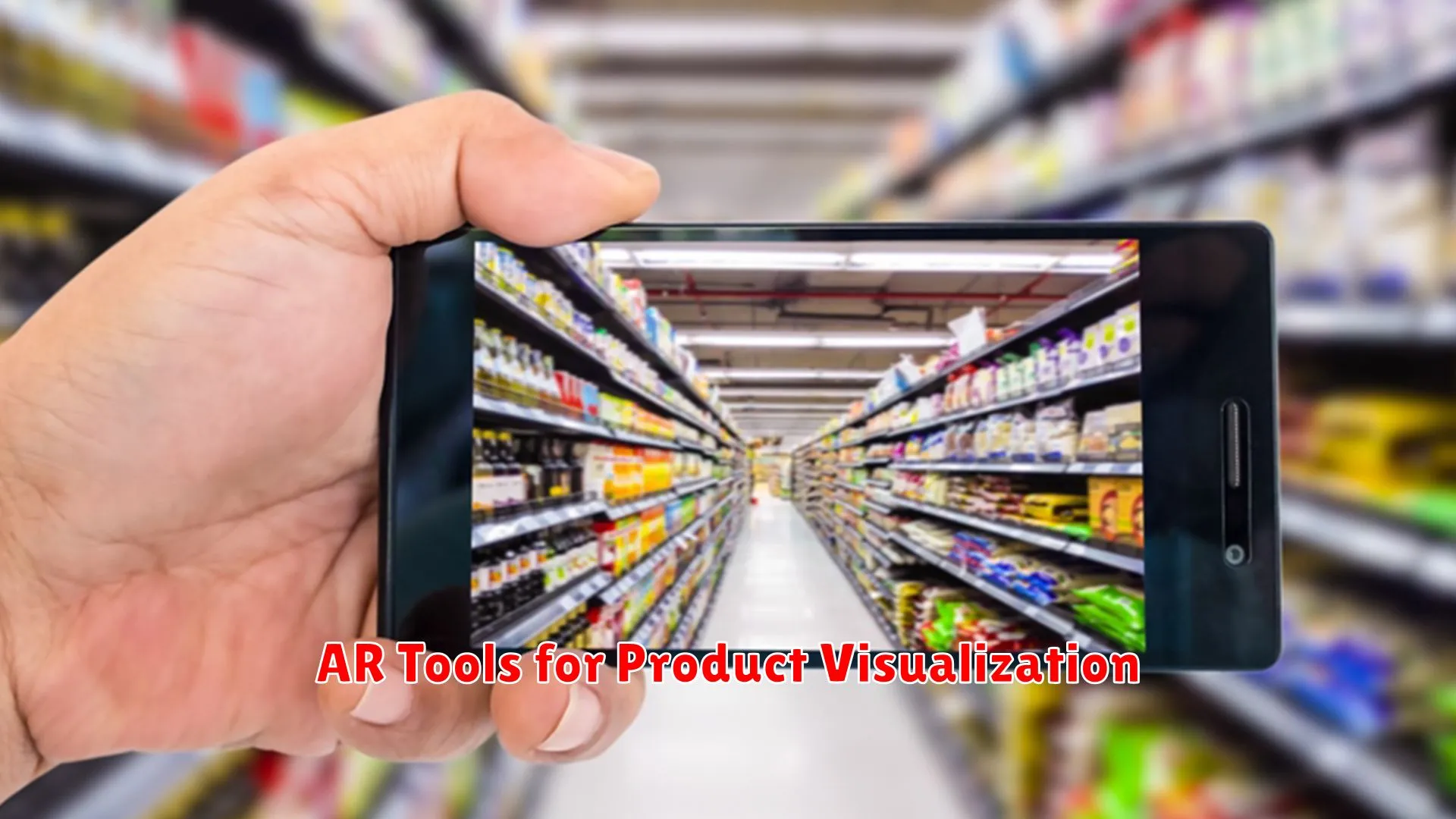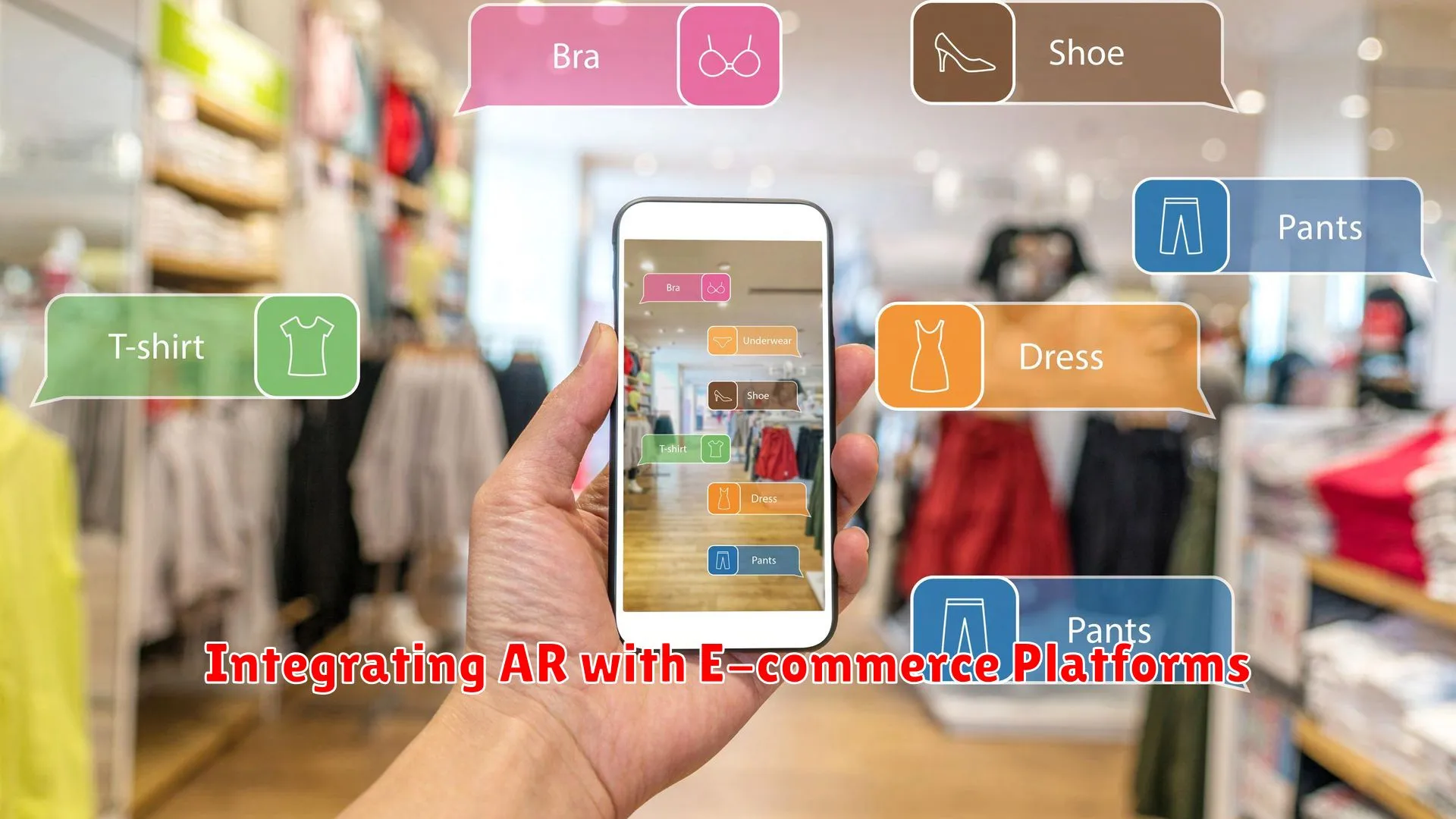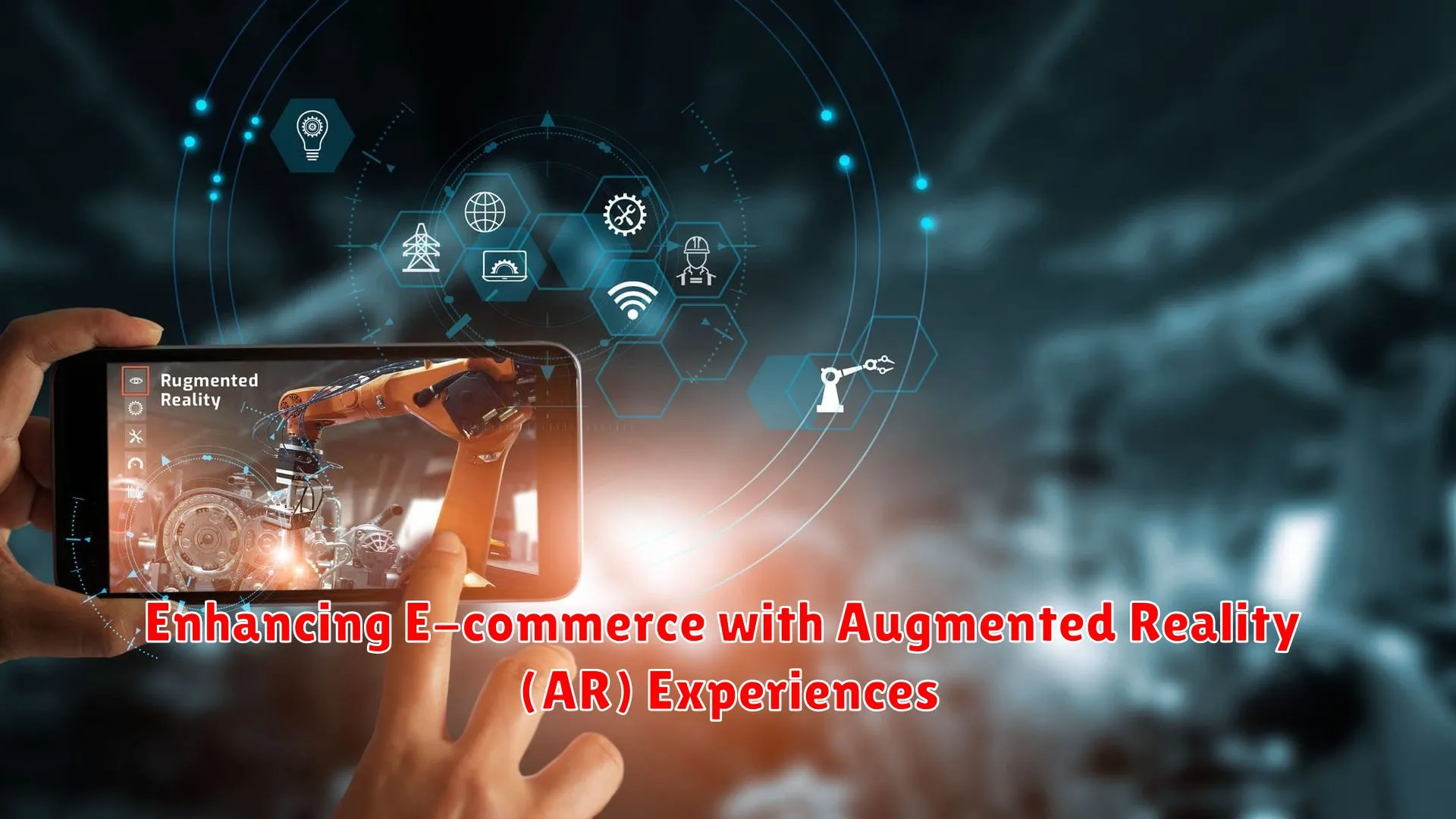Discover how businesses are revolutionizing the e-commerce industry by integrating Augmented Reality (AR) experiences. From virtual try-on features to interactive product demonstrations, AR is reshaping the online shopping experience.
The Role of AR in Modern E-commerce

In the realm of modern e-commerce, augmented reality (AR) plays a pivotal role in transforming the way customers interact and engage with online products and services. By integrating AR experiences into e-commerce platforms, businesses are able to provide immersive virtual experiences that bridge the gap between online shopping and in-store shopping.
One of the key roles of AR in modern e-commerce is enhancing product visualization. With AR technology, customers can virtually try on clothing, see how furniture looks in their homes, or test makeup products without physically being present in a store. This not only boosts customer confidence in their purchase decisions but also reduces the likelihood of returns due to mismatched expectations.
Moreover, AR contributes to personalized shopping experiences by analyzing customer data and preferences to offer tailored product recommendations. This level of customization leads to higher customer satisfaction and loyalty, as shoppers feel understood and catered to on an individual level.
Furthermore, the role of AR extends to enhancing marketing strategies in e-commerce. Brands can create interactive AR campaigns that engage users and increase brand awareness. Whether it’s through AR-powered games, virtual try-on experiences, or interactive product demonstrations, AR enables businesses to stand out in a crowded online marketplace.
Overall, the integration of AR in modern e-commerce not only enhances the shopping experience for customers but also drives sales and boosts brand engagement. As technology continues to advance, AR is set to play an increasingly vital role in shaping the future of online retail.
Creating Immersive AR Shopping Experiences

In today’s digital age, enhancing e-commerce experiences with Augmented Reality (AR) has become a game-changer for businesses seeking to engage customers in innovative ways. One significant way to achieve this is by creating immersive AR shopping experiences that offer a blend of the physical and digital worlds.
By integrating AR technology into e-commerce platforms, retailers can provide customers with interactive, lifelike experiences that simulate real-world shopping environments. Through AR, shoppers can visualize products in their own physical space, virtually try on clothing and accessories, and even see how furniture would look in their homes before making a purchase.
One key benefit of immersive AR shopping experiences is the ability to enhance product engagement and boost conversion rates. By allowing customers to interact with products in a more immersive way, businesses can drive interest and increase purchase intent. This hands-on approach to shopping can also reduce the likelihood of returns, as customers have a better understanding of the product before buying.
Moreover, immersive AR shopping experiences can create a sense of excitement and novelty, making the shopping process more enjoyable for consumers. By incorporating elements of gamification and interactivity, retailers can keep customers engaged and encourage them to explore a wider range of products, leading to higher sales and customer satisfaction.
AR Tools for Product Visualization

Augmented Reality (AR) tools are revolutionizing the way consumers experience products in the realm of e-commerce. These innovative technologies offer a new and interactive way for customers to visualize products before making a purchase decision.
Using AR tools for product visualization allows shoppers to virtually place items in their own environment, giving them a realistic sense of how the product will look and fit in their home or space. This immersive experience enhances the shopping journey and bridges the gap between the online and offline shopping experience.
By leveraging AR tools, e-commerce businesses can provide a more engaging and personalized shopping experience for their customers. Through the use of AR, shoppers can interact with products in a 3D space, rotate them, zoom in for details, and even see how they would function in real life.
Furthermore, AR tools for product visualization can help reduce returns and increase customer satisfaction by giving shoppers a clearer understanding of the product specifications and features. This technology enables more informed buying decisions and reduces uncertainties associated with online shopping.
Integrating AR with E-commerce Platforms

In today’s competitive e-commerce landscape, businesses are constantly seeking innovative ways to enhance the shopping experience for their customers. Augmented Reality (AR) technology has emerged as a powerful tool that can revolutionize the way consumers interact with products online. By integrating AR with e-commerce platforms, businesses can create immersive and engaging shopping experiences that drive sales and customer satisfaction.
One of the key benefits of integrating AR with e-commerce platforms is the ability to provide interactive product visualization. With AR technology, customers can virtually try out products before making a purchase, such as seeing how furniture looks in their home or trying on clothes virtually. This not only reduces the uncertainty of online shopping but also increases customer confidence in their purchasing decisions.
Moreover, enhancing product personalization is another advantage of incorporating AR into e-commerce platforms. By allowing customers to customize products in a virtual environment, businesses can offer unique and tailored shopping experiences. This level of personalization can lead to higher customer engagement and loyalty.
Furthermore, improving customer engagement is a crucial aspect of integrating AR with e-commerce platforms. AR experiences can make shopping fun and interactive, making customers more likely to spend time exploring products and making informed choices. This can result in increased conversion rates and customer retention for e-commerce businesses.
Measuring the Impact of AR on Sales

Augmented Reality (AR) has emerged as a powerful tool in revolutionizing the e-commerce industry. Businesses are increasingly looking towards integrating AR experiences into their online platforms to provide customers with immersive shopping experiences. One key aspect that companies focus on is measuring the impact of AR on sales performance.
Enhancing Customer Engagement: AR technology allows customers to interact with products virtually, providing a more engaging and personalized shopping experience. By measuring the level of customer engagement through metrics such as time spent interacting with AR content and conversion rates, businesses can gauge the impact AR has on driving sales.
Boosting Conversion Rates: By implementing AR features like virtual try-ons or product visualizations, businesses can potentially increase conversion rates as customers gain a better understanding of the products they intend to purchase. Tracking the conversion rates of customers who engage with AR content compared to those who do not can provide valuable insights into the effectiveness of AR in driving sales.
Increasing Customer Satisfaction: AR experiences can lead to higher levels of customer satisfaction as they provide a more immersive and interactive way to shop online. Monitoring customer feedback, reviews, and return rates post-implementation of AR features can help assess whether the sales impact aligns with improved customer satisfaction levels.
Measuring ROI: To determine the overall impact of AR on sales, businesses need to measure the Return on Investment (ROI) of integrating AR technology. Analyzing metrics such as increased average order value, repeat purchase rates, and overall revenue growth attributed to AR initiatives can provide a comprehensive view of the financial impact of AR on sales performance.
Conclusion
Augmented Reality (AR) is revolutionizing the e-commerce industry by providing immersive and interactive shopping experiences, increasing customer engagement and driving sales.

